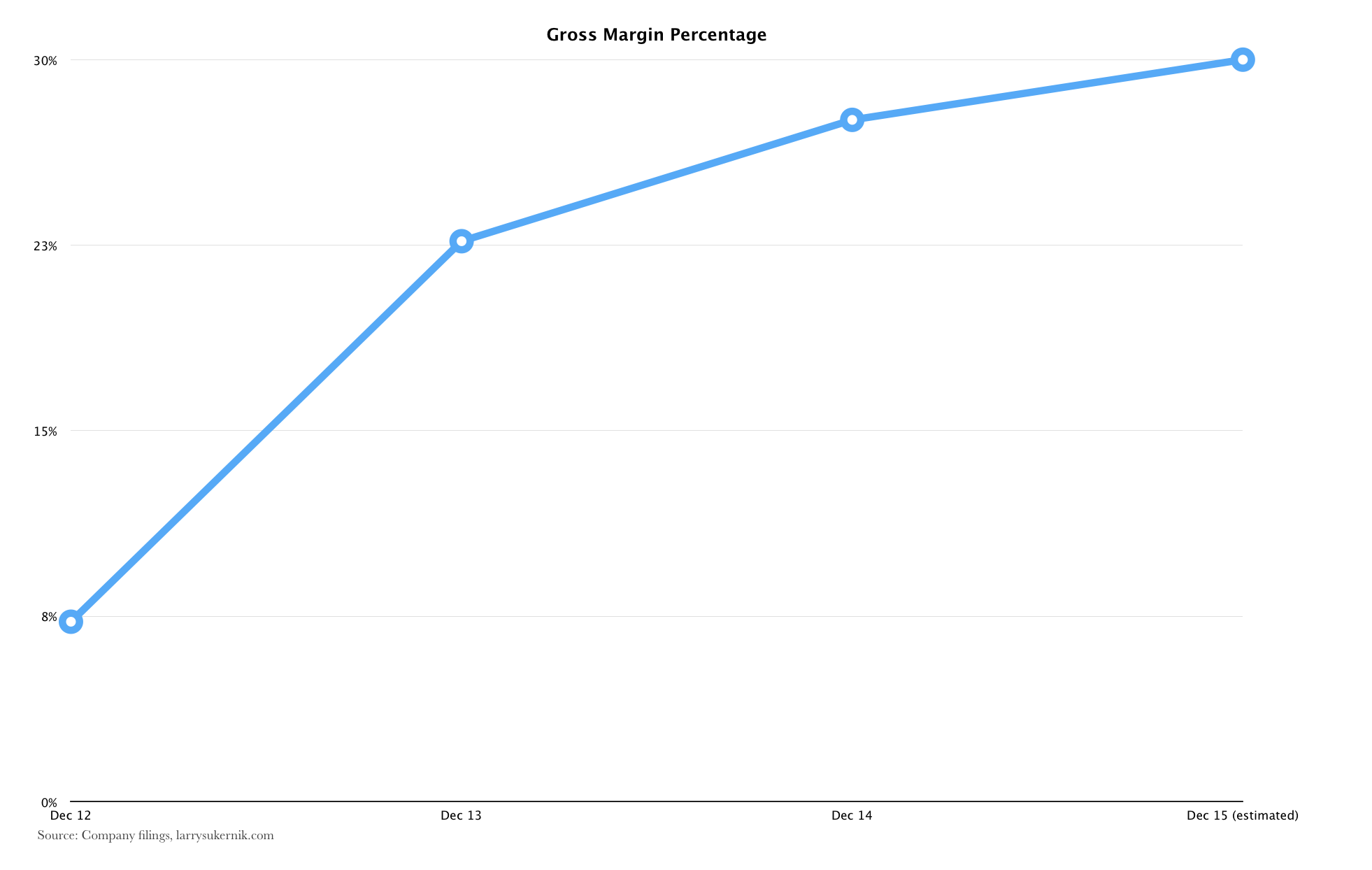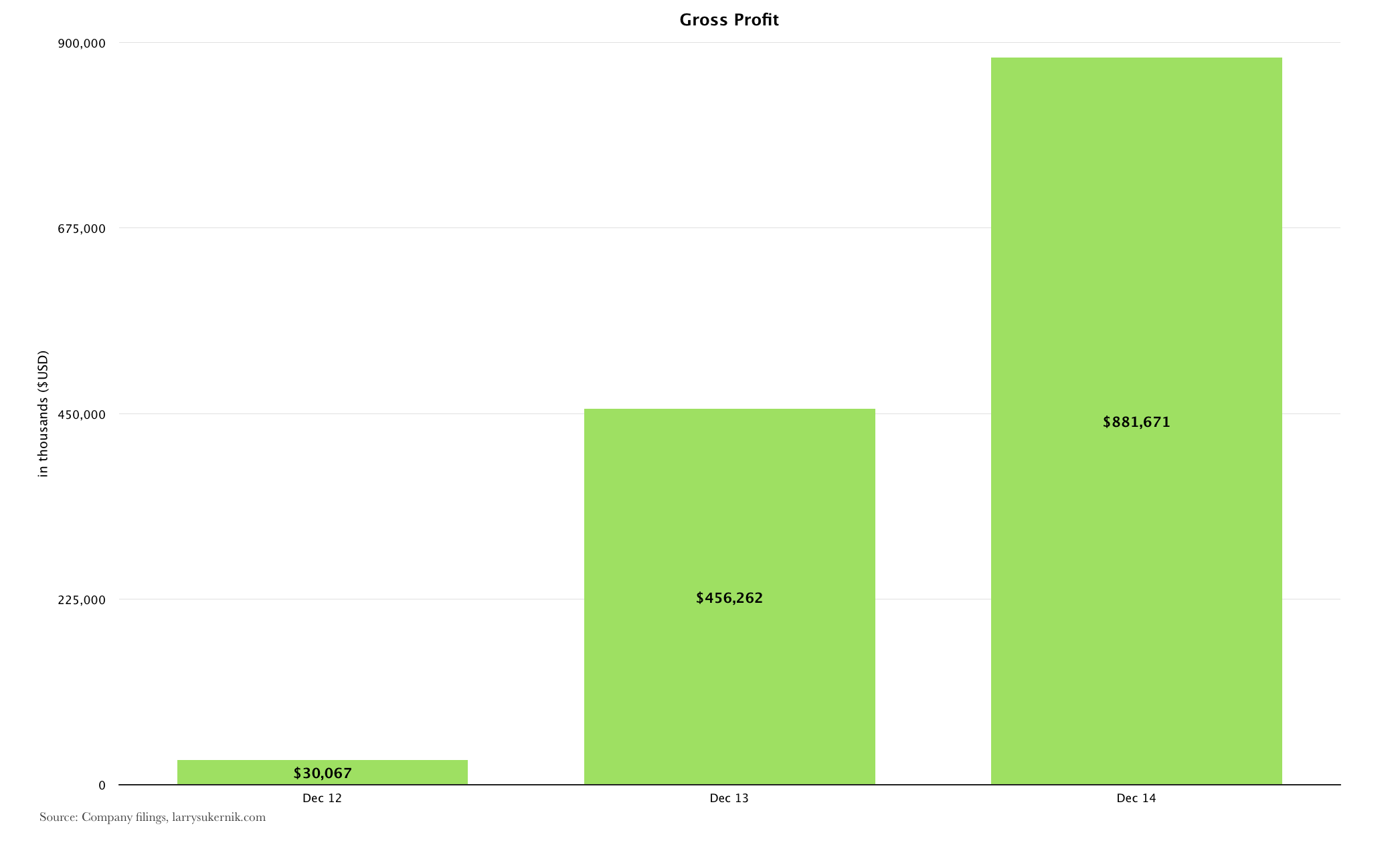On Bubbles
There has been a a lot of bubble talk lately. Many startups companies have become “unicorns”, which is a status given to a company that is valued at over $1B but hasn’t yet gone public. Just to give you some examples, these companies include Uber, Dropbox, and AirBnB, among many others. What I hope to achieve in this post is to give you a perspective that you may not have seen, regarding this bubble fiasco. I find myself in this explanatory position for a few reasons.
First, I follow many venture capitalists on Twitter, and have been watching the VC industry for a few years. I’ve seen great acquisitions (Instagram), and terrible ones (Mailbox). You won’t have to go far to read about VC news, as many VC firms write blog posts disclosing their view on the state of the industry, as well as investments and exits (sales) they’ve made. Personally, I read every VC blog post with a grain of salt, as interests are inherently biased when money is involved (especially if it is your money!)
Second, I follow the world of finance, which is not as popular among venture capitalists and the tech media. If you should know one thing about the accounting/finance world, it is its undying conservatism. The stock market has been around for a long time, and investors have witness and learned about dozens of depressions and bubbles throughout history. Most recently, two bubbles have scarred investors - the Dot-com bubble, and the housing bubble. As a result, the world of finance is, on average, extremely skeptical of every new IPO, sexy startup, or revolutionary technology, as they have been burned before.
I live in both of these bubbles every day, and read both sides of the story. Unlike VC’s or financiers, however, I have no monetary interests involved in either bubble - I act merely a spectator and a student. I am not a VC, and have not invested a dime in any startup, nor do I hold investments in any companies.
We all live in bubbles of influence: you may be interested in programming and follow developers, or perhaps a designer following designers. Consequently, your view can often be fogged by the film of the bubble of your interests. My bubbles are technology (predominantly Apple), VC, and finance.
Back to the question of bubbles. Are we in one?
The VC Perspective
Generally, most VC’s will say no. Interest rates are falling, and cash is plentiful. This results in huge funds. Unlike Index Funds, a venture capitalist doesn’t make money by diversification. They make money by going all-on on one or two unicorn companies, which will hopefully get acquired or IPO and provide extraordinary returns to investors - think Twitter and Facebook.
Another common defense raised by VC’s is the relatively tiny size of venture capital. In 2014, VC funding amounted to $50B, versus $1T that resulted from the buybacks and dividends of publicly traded companies. If you asked me, I would say this is a partially valid defense against evidence of a bubble, but not a full defense. All it tells me is that there might be a smaller bubble than the dot-com bubble. It isn’t evidence of a lack of bubble-mania.
The Conservatists Perspective
As previously mentioned, many long-term investors today practice conservatism in their investing habits. They are avid students of history and don’t want to make the same mistakes as their elders, even if it means potentially lower returns. These type of investors invest when a company has a future of growth, dividends, or some other type of expansion. Most importantly, however, these investors (who are inspired by Benjamin Graham, Warren Buffet, Jack Bogle, and the like) are judicious when it comes to avoiding overvalued companies. There is a general rule of investing that goes something like this: even the best business in the world can be overpriced.
To illustrate an example of this principle, let’s take the stock of the most valuable company in the world, Apple. At the time of this writing, one share of Apple is worth $124. A conservative investor might look at this price, and say, “Hey, Apple just released the Watch, and it looks like the next iPhone will be a big hit. According to my estimates, their stock is worth $140!” This investor would then proceed to buy Apple stock at $124, and continue buying Apple stock until it reaches $140. Anything past $140 is too expensive, in this type of investors eyes, and results in overvaluation. Thus, he sells at $140. Perhaps he is wrong, and the actual value of Apple stock is around $150 - but he still made a profit of $16 ($140 - $124 = $16) per share!
Alternatively, let’s say a more bullish investor thinks the stock has no limit, and growth will continue indefinitely into the future. This investor buys Apple stock a little after the conservatist investor sold his shares, at $150. Fueled by excellent news, a strong economy, and weak competition, Apple’s stock price rises all the way to $215 - far beyond what the business is actually worth. Upon reaching this peak, however, things stop being so rosy. A recently released unemployment report, mixed with less than stellar financial performance, makes the stock fall from $215 to $200 in one day. The plummet continues over the next few months, finally settling on $142 per share, which if you recall, is somewhere around what the company is actually worth ($140). Unfortunately for this more bullish investor, he never sold his stock at $215 since he expected the price to eventually rise higher. Thus, he lost a total of $8 ($150 - $142 = $8) per share, which is $24 (16 + [–8] = 24) less than what the conservative investor earned.
So you see, even the best company in the world can be overvalued by the speculative and often illogical movements of the stock market. You can earn a lot of money if you time the market right, but very few people can do it more than once.
This very same type of logical applies to how conservative investors view the most recent tech “bubble”. Sure, Snapchat, Palantir, Square, Pinterest, and Spotify are great companies worth billions of dollars. But there is a limit to how many billions they are worth. Five billion might sound plausible, seven billion is slightly overpriced, but still realistic. 15 billion is a bubble that will at some point burst.
Bathing in bubbles
What I hope you took away from this post is that there are always two sides to the same story. Both sides make great points arguing against and for bubbles. Ultimately, however, everybody is simply speculating, spreading a psychological contagion from investor to investor. There is one other rule of the market that I haven’t shared yet - a bubble can last for a very long time, and bursts suddenly and by its own accord. I encourage you to branch out of your bubble of influence and into an opposing one, if only to see another viewpoint. It can only help.














